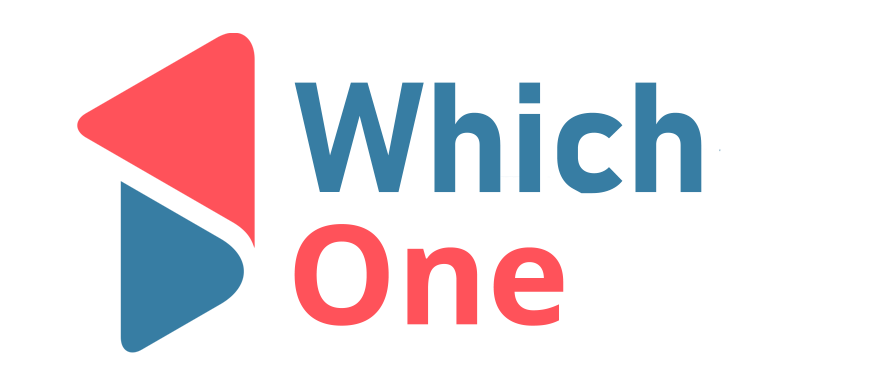Maintaining a healthy body shape is a goal for many people, and two of the most popular methods to achieve this are through diet and sport. While both can help you achieve a better physique, the question remains: which one is better? In this article, we will explore the advantages and disadvantages of each method to help you decide which is best for your body shape goals.
Diet
Diet is an important factor when it comes to achieving a healthy body shape. What you eat plays a significant role in how your body looks and feels. Here are the advantages and disadvantages of using a diet to achieve your body shape goals:
Advantages:
- Control: One of the biggest advantages of using a diet to achieve a healthy body shape is control. With a diet, you have complete control over what you eat, and this can help you achieve your goals faster. You can tailor your diet to suit your body’s needs and make changes as required.
- Consistency: A diet provides consistency in terms of food intake. It helps you stay on track and ensure that you consume the right nutrients and calories to fuel your body and achieve your goals.
- Health Benefits: A healthy diet provides a range of health benefits, including lower cholesterol levels, reduced risk of heart disease and diabetes, improved digestion, and increased energy levels.
Disadvantages:
- Restrictive: One of the biggest disadvantages of a diet is that it can be restrictive. This can make it difficult to stick to in the long term and may lead to feelings of deprivation or guilt if you indulge in foods that are not on your diet plan.
- Lack of Variety: Following a strict diet plan can also lead to a lack of variety in your meals, making it difficult to enjoy your food or even get all the essential nutrients your body needs.
- Unrealistic Expectations: Some diets make unrealistic promises about weight loss or muscle gain, which can lead to disappointment or even health problems if they are not followed correctly.
Sport
Sport is another popular method to achieve a healthy body shape Exercise helps to burn calories, build muscle, and improve overall health. Here are the advantages and disadvantages of using sport to achieve your body shape goals:
Advantages:
- Versatility: There are many types of sports and exercises to choose from, making it easy to find something that you enjoy and that suits your fitness level and goals.
- Health Benefits: Exercise provides a range of health benefits, including improved cardiovascular health, stronger bones, reduced stress levels, and improved sleep quality.
- Increased Energy: Exercise releases endorphins, which can boost your energy levels, improve your mood, and increase your productivity throughout the day.
Disadvantages:
- Injury Risk: Sports and exercise can also carry an injury risk, especially if done incorrectly or excessively. This can lead to long-term health problems or even hinder your ability to exercise altogether.
- Time Commitment: Sports and exercise can be time-consuming, especially if you have a busy schedule. This can make it difficult to stick to an exercise routine or maintain consistency over time.
- Limited Results: While exercise can help you achieve a better body shape, it may not be enough on its own to achieve your goals. Without proper nutrition, your results may be limited, and your body may not function at its best.
are there statistical reports in this filed?
Yes, there are many statistical reports and studies in the field of diet and exercise. These reports can provide valuable insights into the effectiveness of various diet and exercise plans, as well as trends and patterns in the health and fitness industry.
For example, the Centers for Disease Control and Prevention (CDC) regularly publishes data on physical activity levels and obesity rates in the United States. These reports can be used to track changes in these factors over time and identify areas where interventions may be needed to improve public health.
Similarly, market research firms such as IBISWorld and Euromonitor International provide reports on the global fitness and weight loss industry. These reports can help businesses and individuals stay up-to-date on industry trends, consumer behavior, and market opportunities.
In addition, there are many academic studies that use statistical analysis to evaluate the effectiveness of different diet and exercise plans. These studies may examine factors such as weight loss, muscle gain, metabolic rate, and cardiovascular health, among others.
Overall, statistical reports and studies can provide valuable information for individuals, businesses, and policymakers looking to improve their health and fitness outcomes.
Conclusion:
In conclusion, both diet and sport can be effective methods to achieve a better body shape. Ultimately, the best approach will depend on your goals, lifestyle, and personal preferences. A balanced approach that incorporates both a healthy diet and regular exercise is likely to yield the best results, but it’s.
FAQ
Can I achieve a better body shape through diet alone?
While a healthy diet can certainly help you achieve a better body shape, it may not be enough on its own. Exercise is also important for building muscle and burning calories, which can help you achieve a more toned and fit physique. Additionally, a balanced approach that combines healthy eating and regular exercise is more likely to yield long-term results.
How often should I exercise to achieve a better body shape?
The frequency and intensity of exercise required to achieve a better body shape will depend on your individual goals, fitness level, and lifestyle. However, experts generally recommend getting at least 150 minutes of moderate-intensity aerobic activity or 75 minutes of vigorous-intensity aerobic activity per week, as well as incorporating strength training exercises two or more days per week.
What types of foods should I eat to achieve a better body shape?
A healthy diet for achieving a better body shape should include a variety of nutrient-dense foods, including fruits, vegetables, whole grains, lean proteins, and healthy fats. It’s also important to limit or avoid processed and high-calorie foods, as well as sugary drinks and alcohol, which can contribute to weight gain and other health problems. Consulting with a registered dietitian can provide personalized guidance on a healthy eating plan.


3 Comments